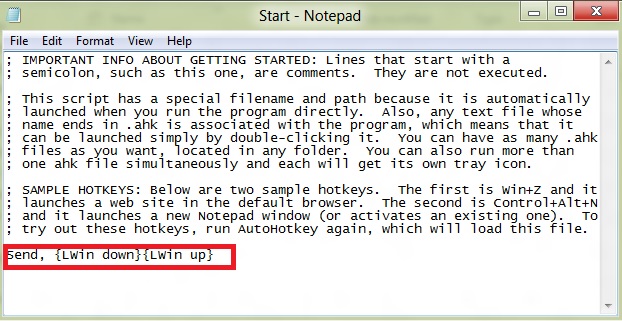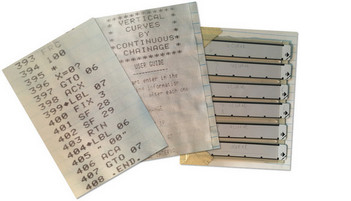



In the shortcut properties window, click the Open File Location button to open a new File Explorer window containing the. If File Explorer shows a shortcut to the application, right-click on the shortcut and choose Properties.

Right-click on the editor and choose Open file location.
Type the name of the editor you want to use. Hit the Windows Key to open the Start Menu. If you use a different editor and are not sure what the executable’s file path is, you can typically find it by: reg file Locating the executable file path "C:\Program Files\Sublime Text 3\sublime_text.exe" "%1"ĭownload Sublime Text 3. reg file that you can download and run to set the registry entry for you, so that you don’t need to make manual edits in the Registry Editor as shown above. Most have extensions/plugins that should be installed for the best experience.īelow are some popular editors and their registry value to use. There are many editors that can be used to edit AutoHotkey scripts, some more popular than others. Registry values and download files for popular AutoHotkey script editors The (Default) entry should now exist in the new Command folder, and you should be able to set its value as described above. Right-click the Edit folder, select New > Key and name this Command. Double-click the (Default) entry in the new Edit folder, and set its value to Edit Script. Right-click the Shell folder, select New > Key and name this Edit. Navigate to HKEY_CLASSES_ROOT\AutoHotkeyScript\Shell in the Registry Editor. If the registry key does not exist, we can create it manually by doing the following in the Registry Editor: I use Visual Studio Code, so this is what my registry entry looks like after updating it:Ĭreating the registry key if it does not exist You will want to replace the path to the Notepad executable with the path to your preferred editor’s executable, and surround the file path with double quotes. Double-click the (Default) value to edit it, and update the exe path.īy default, it will have a value like notepad.exe "%1". Navigate to HKEY_CLASSES_ROOT\AutoHotkeyScript\Shell\Edit\Command. Type regedit and hit OK to open the Registry Editor. Press Windows Key+ R to access the Run dialog. To manually modify the registry key value: You can use those, but let’s first look at how to manually modify the registry key. HKEY_CLASSES_ROOT\AutoHotkeyScript\Shell\Edit\Commandįurther below, I provide some download files to easily modify this registry key for some popular editors.








 0 kommentar(er)
0 kommentar(er)
